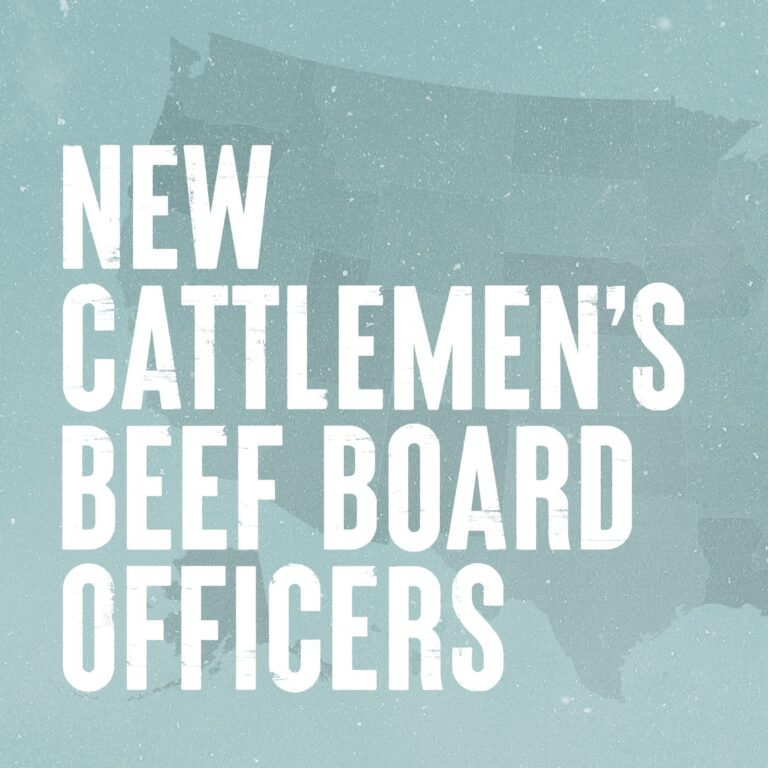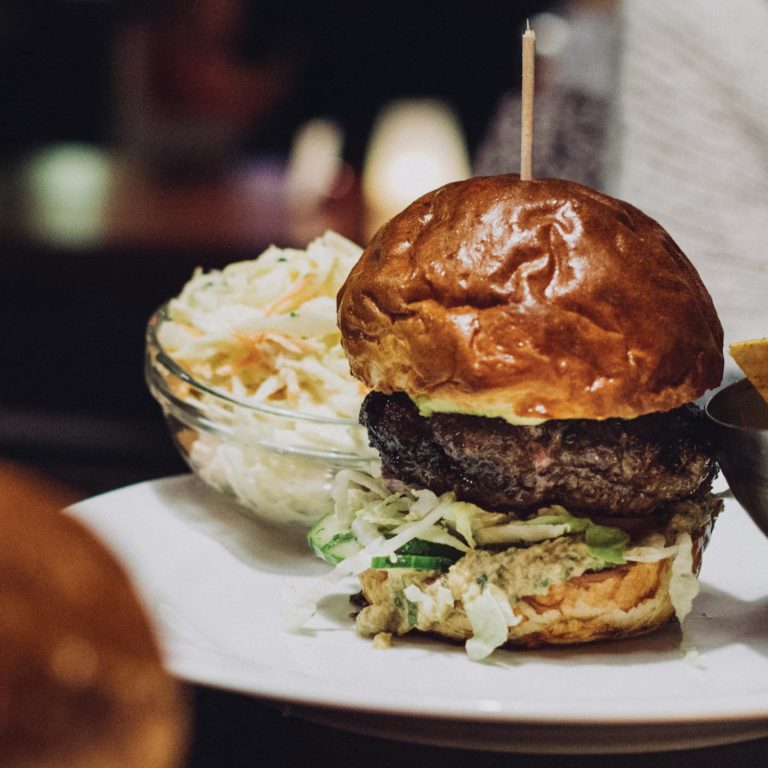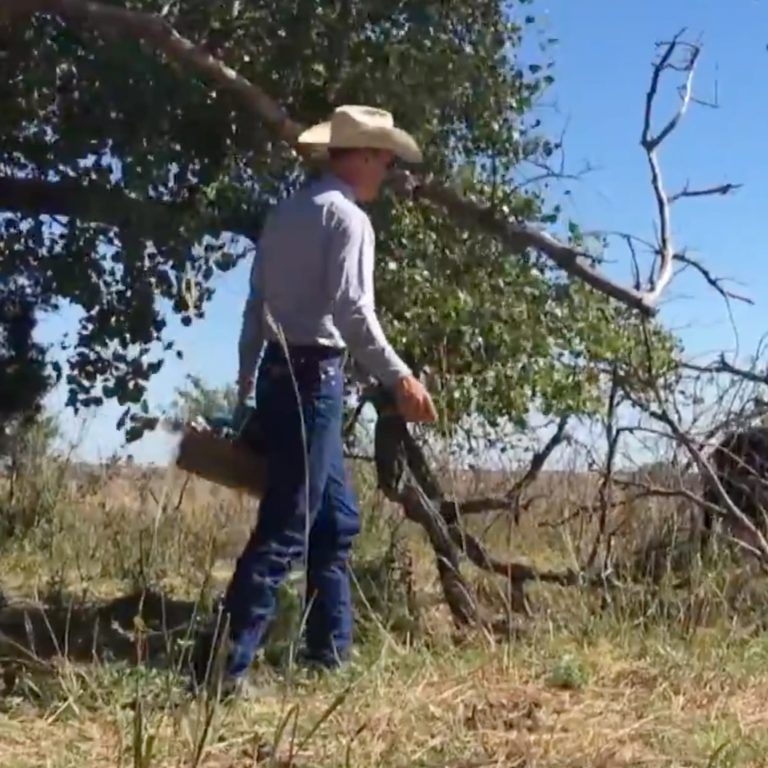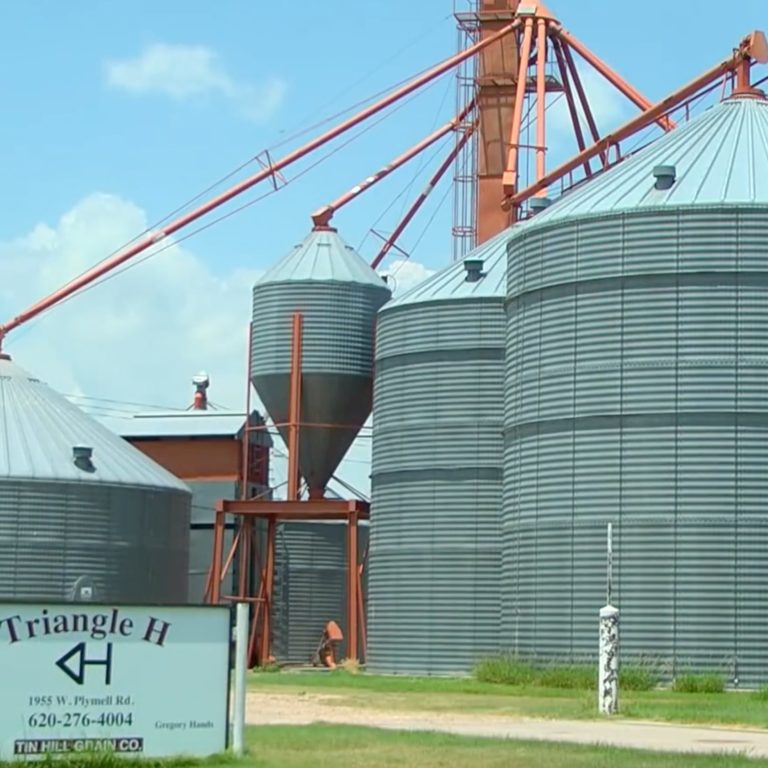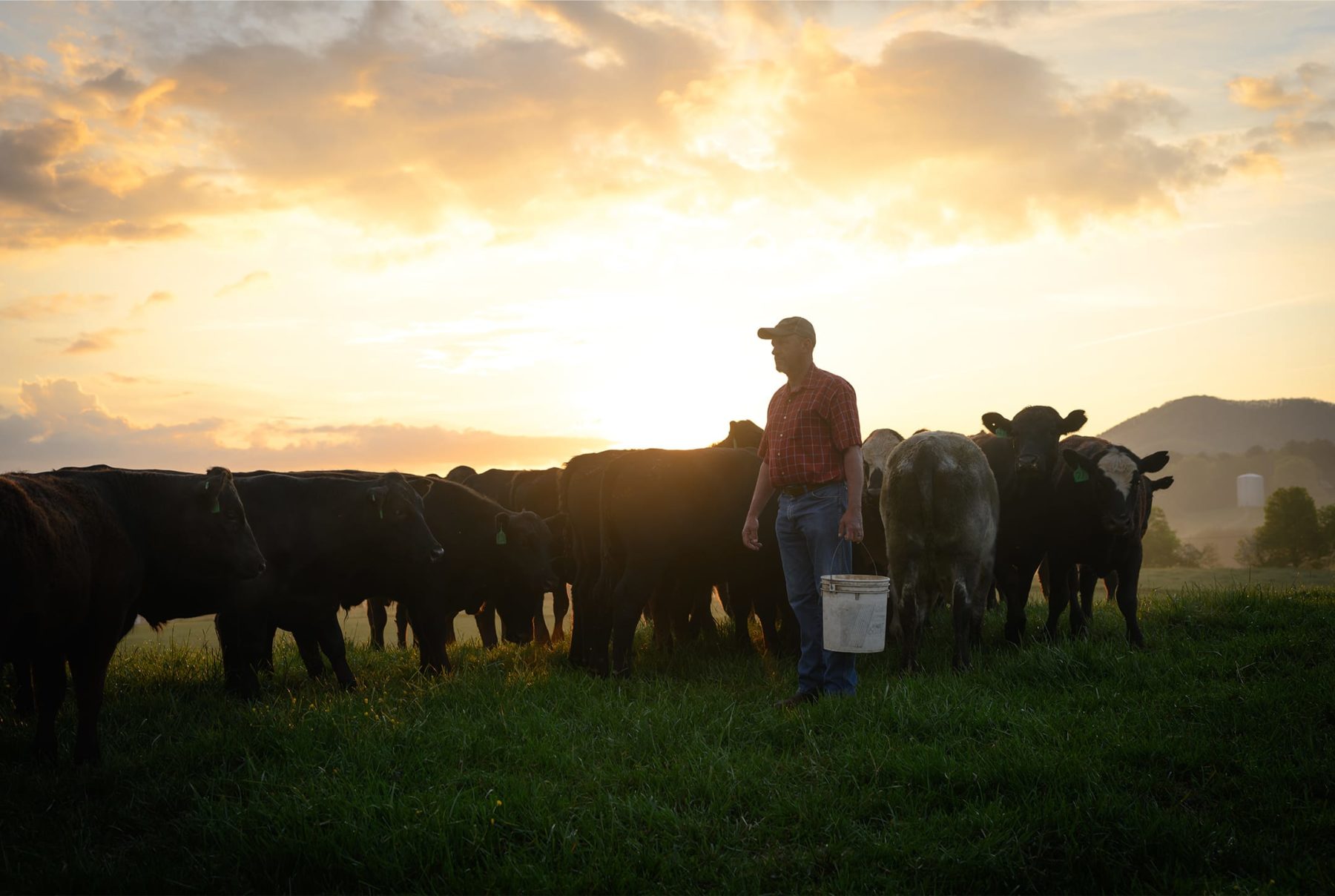
They Won’t Know Unless We Tell Them
I can honestly say inserting myself into a conversation is difficult from time to time. As a fifth-generation cattle rancher from Oklahoma, I don’t take credit for things I don’t earn. I don’t raise havoc when things get tough. And, I certainly don’t pat myself on the back when things go right. Being humble is a way of life for those of us in the agriculture industry, but sometimes, humility can be our biggest downfall.
The Beef Checkoff is one of the beef industry’s greatest achievements, yet few of us talk about the many ways it has benefited producers since its enactment in 1985. One of the biggest challenges facing the beef industry today is the fact that many producers don’t know what the checkoff is, what it does or how it benefits cattlemen and women every single day.
The only way to face this challenge is head on — by having the conversation. Beef farmers and ranchers need to start sharing successes, asking questions and voicing opinions about the Beef Checkoff. There is a new generation of young beef producers who are now responsible for their families’ operations, and they’ve never lived in a world without the checkoff. It is up to those producers who have lived both with and without the checkoff to educate them on why it’s a critical part of the beef industry.
So, how do we go about educating our fellow producers? There’s no one-size-fits-all solution. Younger ranchers may say social media is their preferred industry resource whereas producers like me who don’t have a Facebook or Twitter account, would probably rather have a face-to-face conversation or read a newspaper or magazine.
Regardless, the call to action is the same – beef producers need to communicate with each other – spreading the word about how the checkoff uses their dollar-per-head investments to advance the entire beef industry. We can’t shy away from engaging with those who may have opposing opinions but instead hear their arguments and share the true wins behind the checkoff.
For example, the Beef Checkoff is constantly identifying new and emerging market opportunities for beef in places like Asia to keep beef demand high. According to the U.S. Department of Agriculture and the U.S. Meat Export Federation, a contractor to the Beef Checkoff, U.S. beef exports reached over $8 billion in 2018. The U.S. is currently Japan’s largest beef supplier by value, and exports to Korea have jumped 43 percent in value since 20171. By opening market opportunities, the checkoff is ensuring consistent demand – so even when prices are down, sales can remain strong.
Furthermore, the Beef Checkoff is investing dollars to create new, innovative and convenient beef products that align with current consumer purchasing patterns. One such product is “Beefshi,” a new sushi-style concept using beef products like pastrami, roast beef and summer sausage, to be enjoyed as an appetizer or a full meal.
Those are just two of ways the checkoff is driving consumer demand. But that’s only part of the story. The Beef Checkoff is also dedicated to improving the industry as a whole – and that includes investing in producers. From the Beef Quality Assurance program and encouraging better management practices to the lifecycle assessment which showcases the real sustainability efforts that have decreased beef’s environmental footprint – the checkoff is engaged in every sector of the industry. We’re always looking for ways to help beef producers succeed.
Whether you’re at the sale barn, coffee shop, grocery store or even online, make sure your fellow beef producers know it’s your contribution that makes the beef industry great. It’s your superior product. It’s your time and effort. It’s your voice. It’s your dollar.
- https://www.usmef.org/news-statistics/press-releases/2018-beef-exports-record-large-pork-export-volume-just-short-of-2017-record/
The Beef Checkoff program was established as part of the 1985 Farm Bill. The checkoff assesses $1 per head on the sale of live domestic and imported cattle, in addition to a comparable assessment on imported beef and beef products. States may retain up to 50 cents on the dollar and forward the other 50 cents per head to the Cattlemen’s Beef Promotion and Research Board, which administers the national checkoff program, subject to USDA approval.
























